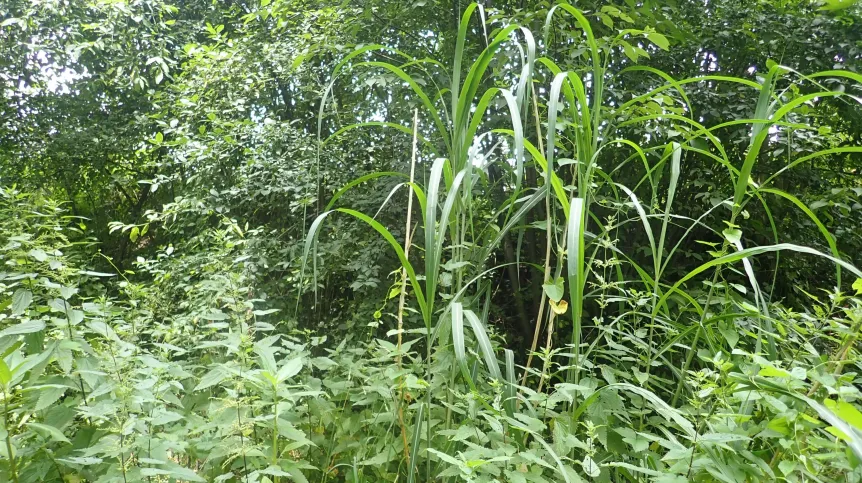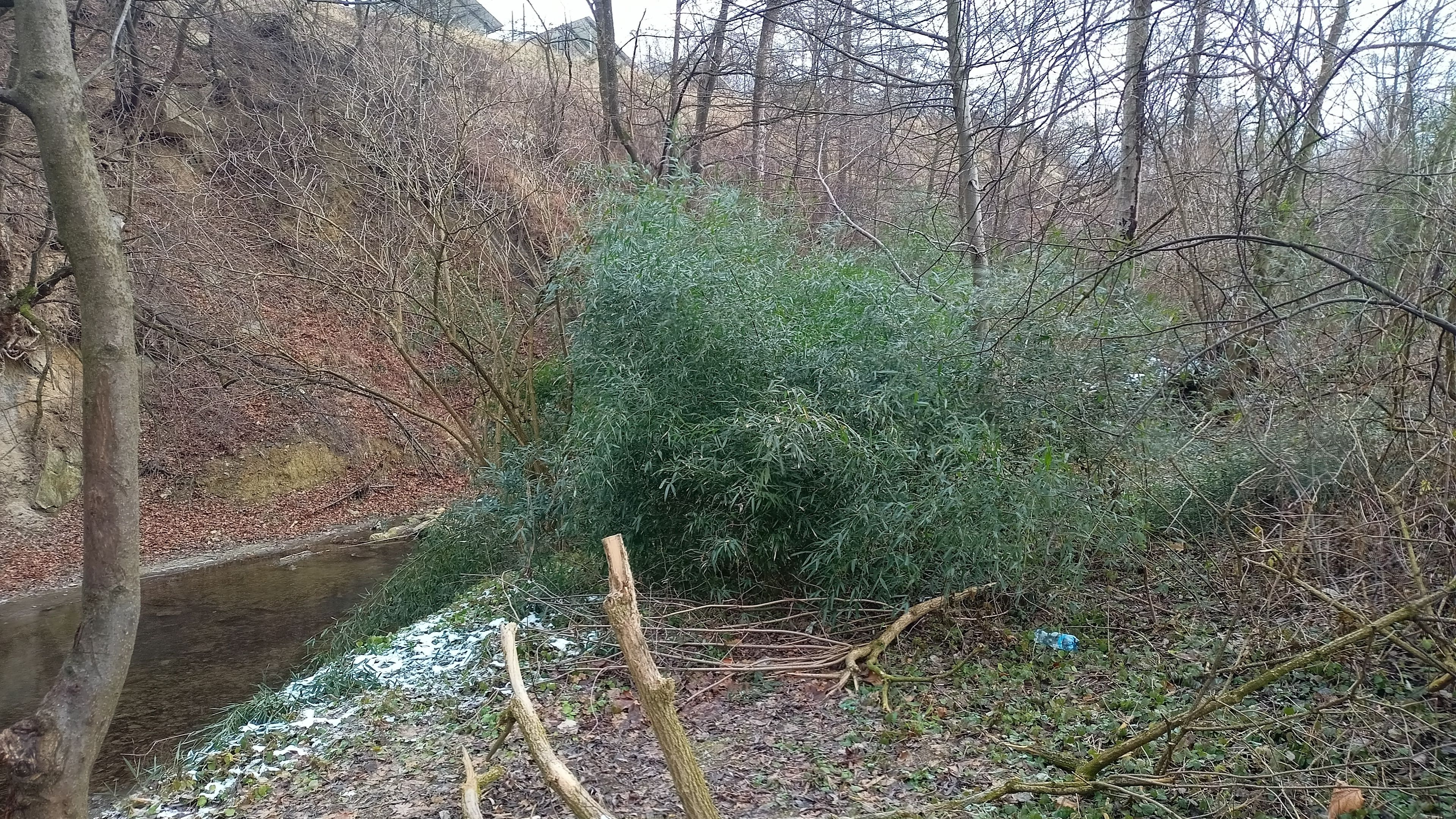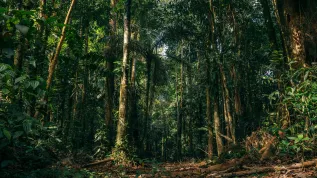
On the Lubatówka River in Poland (Podkarpacie, near Krosno), hydrobiologists have observed with concern wild thickets of Bisset bamboo, considered an alien invasive species in many parts of the world. Ecologists are also concerned about the appearance of giant miscanthus in the natural environment. A piranha has been caught in the San.
A publication in "Scientific Reports" is the first to describe the presence of a wild population of the bamboo species Phyllostachys bissetii in Europe. It also warns about a possible invasion that miscanthus - tall grasses planted as ornamental plants - could cause.
'There is an urgent need to raise awareness among gardeners, hobbyists, plant sellers and importers about the threats to the environment resulting from the spread of invasive plants', the authors of the paper point out. Bioinvasion is easier to stop if it is detected early and reacted to quickly.
'We should not approach the plants we grow in the garden carelessly', appeals Aneta Bylak, PhD, a professor at the University of Rzeszów.
The Polish hydrobiologist mainly studies the ecosystems of Carpathian rivers. She is concerned that some residents get rid of plant remains from their gardens by throwing them over the banks of nearby rivers and streams, hoping that 'the water will take it away'. However, the hydrobiologist warns that this careless approach - especially if alien species are grown in gardens - can be a source of major ecological problems.
The researcher explained that Bisseta bamboo comes from Asia and is an alien species in Europe. 'The entire group of species from the Phyllostachys genus is called +running bamboos+, which means they are virtually impossible to stop', she describes. These bamboos come from China, many of them are frost-resistant and easily spread through underground rhizomes. 'Such bamboos are even able to +cross+ the road under asphalt', Aneta Bylak says.
She points out that if someone wants to grow these plants in the garden, they should install root barriers so that the bamboo does not get out of control. You also have to be careful with plant remains, because bamboo can grow even from a fragment of the stem. “Even a 10-centimeter piece of the above-ground stem can take root again', the ecologist explains. She jokes that we shouldn't count on bringing in pandas, for whom bamboo is a delicacy, to help us deal with the invasion.
The cultivation of giant miscanthus, a tall ornamental grass, also carries the risk of invasion. This plant, grown as an ornamental plant, reaches three meters. Ecologists have noticed that clumps of miscanthus are already appearing along Polish rivers.

The researcher explains that Bisset bamboo and miscanthus are not yet invasive plants in Poland, so they can be sold and purchased without restrictions. However, based on the experience of other countries, it may be necessary to add them to the list of invasive alien species before they get out of control.
Bamboo and miscanthus are sometimes planted in gardens because they grow quickly, do not require complicated treatments, look attractive and create compact, green screens that shield the garden from the eyes of passers-by. What may be an advantage for home garden owners may be a huge disadvantage for wildlife: the ease of reproduction and spread of the plant means that biodiversity in the area it occupies quickly decreases.
Other invasive alien species include Canadian goldenrod, ash-leafed maple, Himalayan balsam, wild cucumber and even walnut.
Bylak also talks about alien animal species that she encountered in her research on Polish rivers. For example, the researchers encountered red-eared sliders - which were probably released into the environment by bored owners, not realizing that they posed a huge threat to biodiversity. 'And once we even caught a piranha in the San. Fortunately, it was a harmless herbivorous species, and besides, as it comes from the tropics, it would not survive the winter here', she assures.
According to Aneta Bylak, the removal of invasive alien species in Poland is the responsibility of local government authorities. They should be informed about the observation of alien species that threaten biodiversity. A photo of the habitat with geolocation can also be sent to the Institute of Nature Conservation of the Polish Academy of Sciences, which keeps records of alien species.
Ludwika Tomala (PAP)
PAP - Science in Poland
lt/ bar/













